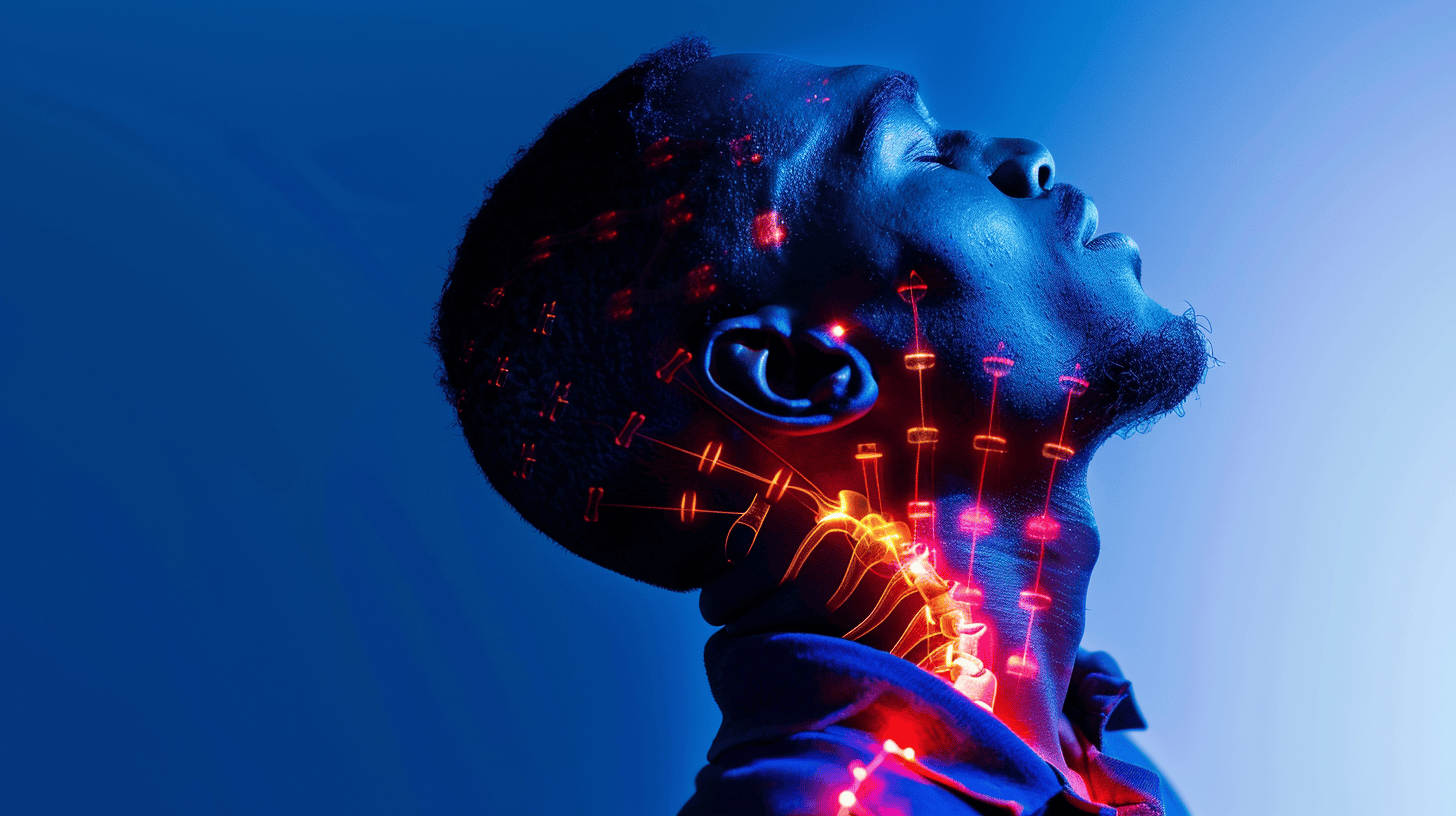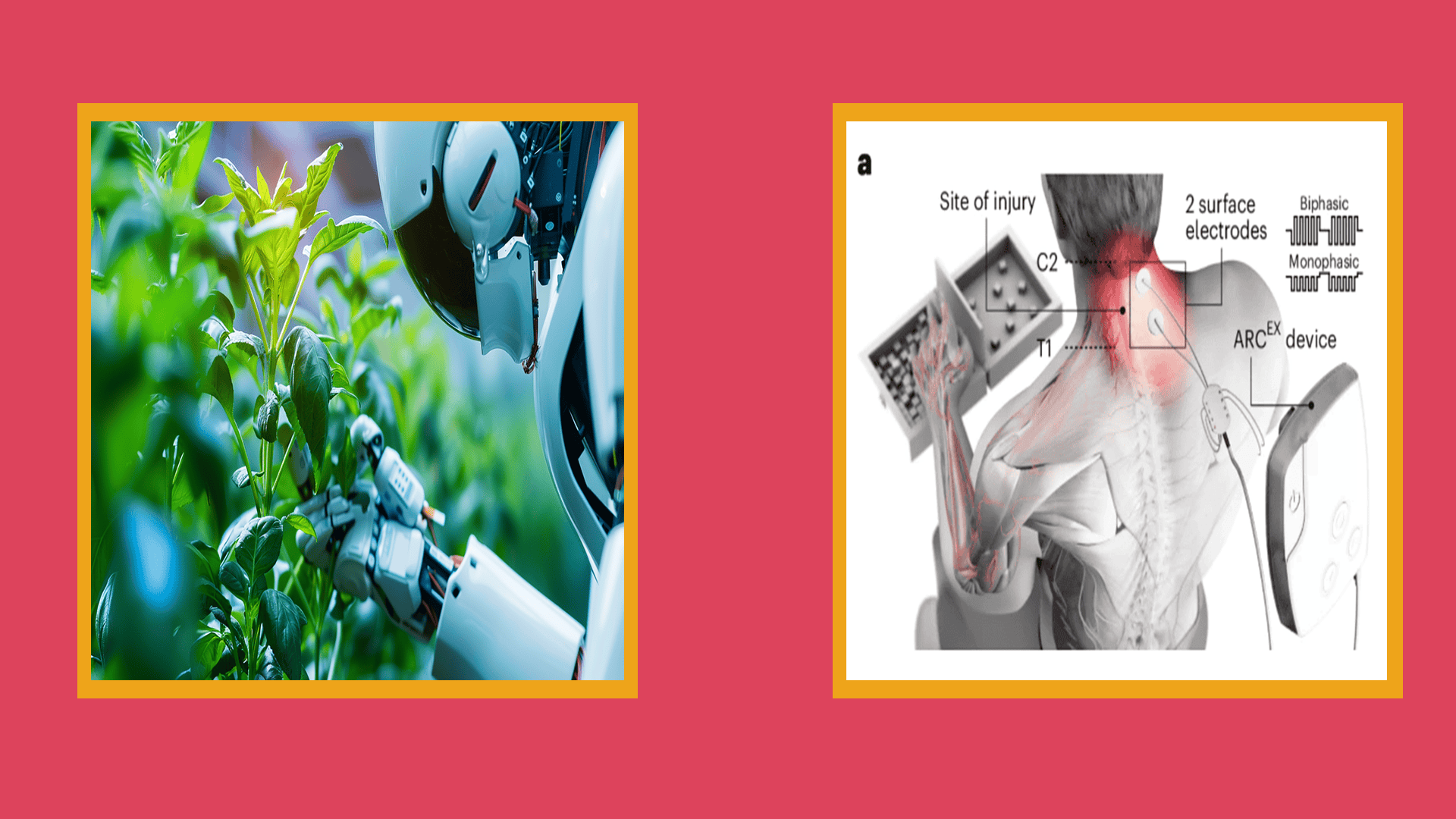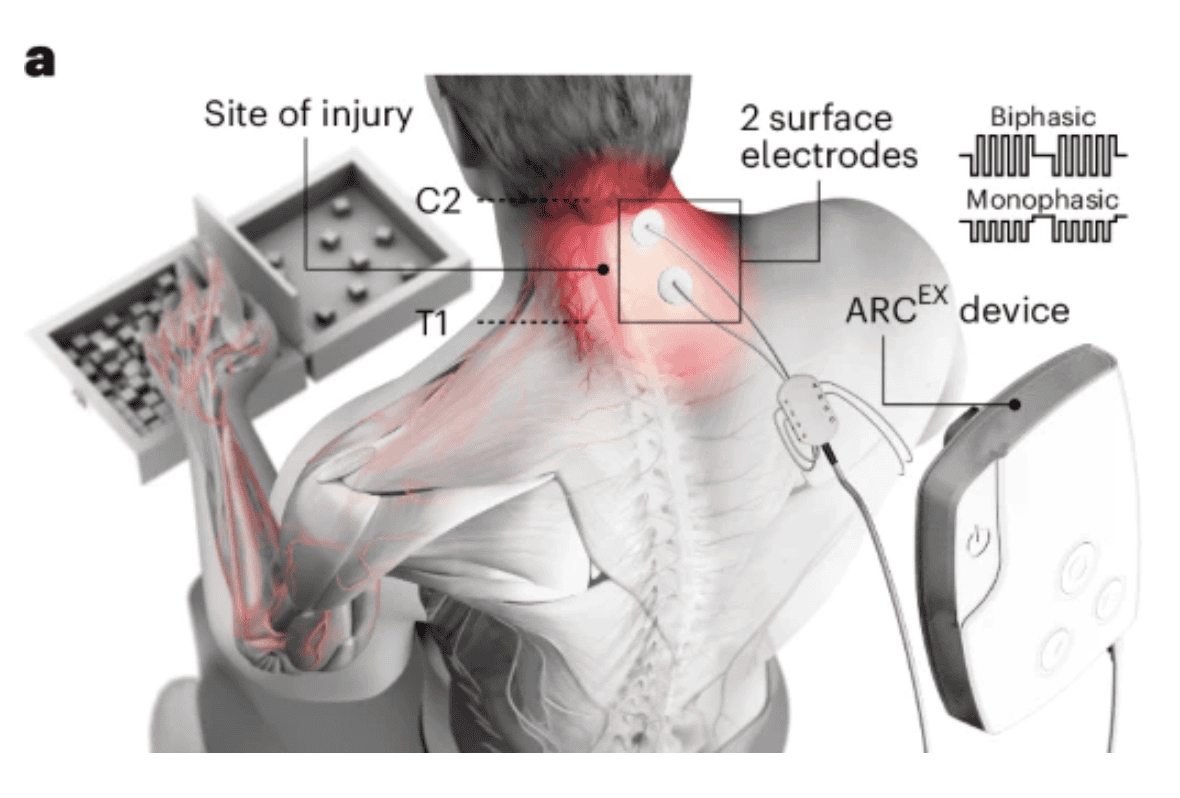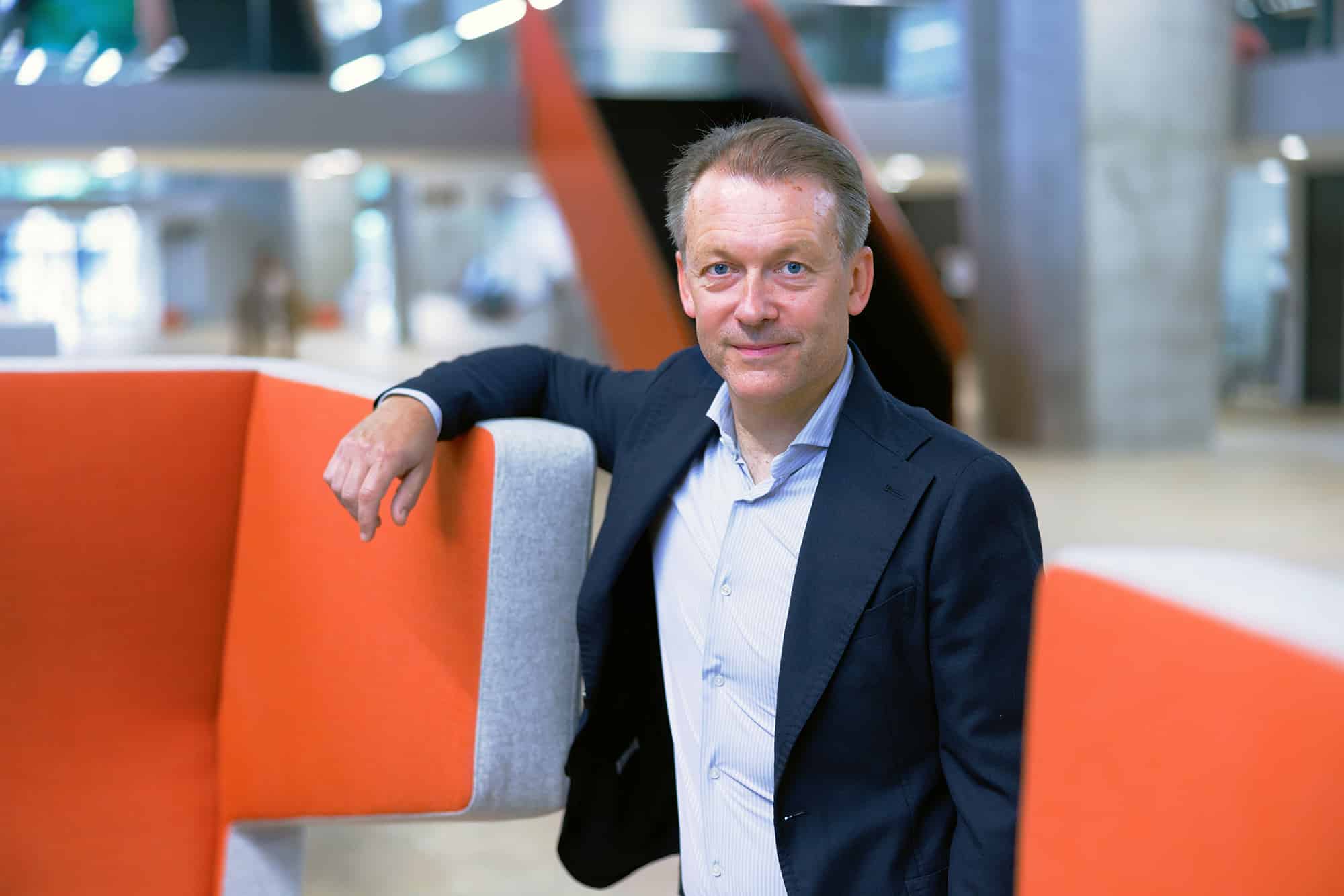
TU/e spin-off NC Biomatrix BV is developing a biomaterial that will help to treat intervertebral disc degeneration in a non-invasive way. The new biomaterial (a cell-derived matrix gel) can be injected directly into the spinal disc. Matrix gel will restore disc volume and height thus easing the intense pain experienced by the patients with degenerative disc disease. In addition, it will provide an optimal scaffold for autologous cellular regeneration of the disc core.
Treatment for degenerative disc disease
NC Biomatrix’s work on the injectable cell-derived matrix is based on the research that was started five years ago by Prof. Keita Ito and his group at the Eindhoven University of Technology. The CEO of NC Biomatrix, Robert Guilleaume, who has been in orthopaedic business for almost 40 years, believes that now it is the time to develop and offer the treatment for the degenerative disc disease. “I had the intervertebral disc degeneration problem about 4-5 years ago,” says Guilleaume. “Basically, such problems are not treated. You just manage the pain with physiotherapy and/or pain medication before you end up at a surgery, which is a very invasive procedure. So, I can tell you that it’s a very debilitating condition and it’s also frustrating for the patient because you understand that you are not really treating the problem – you are just trying to get rid of the symptoms.”
The aim of NC Biomatrix is to develop a simple, injectable, non-invasive treatment to restore the inner part of the disc to the same volume and height as before the beginning of the degeneration. Robert Guilleaume explains how it works: “It’s a simple a cell-derived matrix gel that gets injected into the centre of the spinal disc. Injection restores the volume and the height of the disc – biomatrix has swelling properties, it soaks up fluids and expands. That means that you have pressure restored inside the disc and you can get to the disc height from the time before the degeneration. In animal experiments that have been done so far, we saw that the nucleus of a degenerated disc looks like a completely healthy disc in 6 months after the injection. We can’t claim 100% that there is a regenerative process, but from first experiments it certainly looks like the cell matrix material is a scaffold that makes the cells in the disc produce the right proteins again and reverses the degeneration process.”
Cell matrix from a pig’s spinal disc
NC Biomatrix’s injectable biomaterial is a notochordal cell-derived gel created from the pig nucleus pulposus matrix – a gel-like substance inside of the intervertebral disc of pigs. “In the material we maintain the matrices and proteins produced by the notochordal cells. This matrix is treated to remove any immunological fragments that may be there from the source material. Basically, it’s a cellular implant, that’s why we test it as a medical device and not as a pharmaceutical,” says Guilleaume.
“We chose a protein extract isolated from the pig nucleus pulposus as material to treat disc degeneration because having looked at all other kinds of synthetic materials that potentially can do the same thing, we concluded that none of them would be successful,” says the CEO of NC Biomatrix. “We found out that pigs retain their notochordal cells and that we can use the matrix that they produce as a reconstituted gel. Humans have notochordal cells in childhood, but they disappear later. Pigs have notochordal cells throughout their entire life. Incidentally, their discs do not degenerate.”
Regeneration of the intervertebral disc
The treatment with the cell-derived matrix solution would restore the natural rhythm of hydration of a natural disc as well. “At daytime, during the course of your activities, the disc loses some of its height, in a very small way, which is normal. During the night, healthy discs usually restore their height again. Prof. Keita Ito conducted studies that showed that when the degenerated disc was injected with the cell-derived matrix solution, in 4-5 days after the injection, the patterns of how the disc behaves both during the day, after loading and at night in terms of restoring itself were almost identical to those of a normal disc.”
The CEO of NC Biomatrix says that the cell matrix product is still in the early phase of its development. “Now we need a final manufacturing process for the material. We have done plenty of in-vitro testing and initial animal experiments. However, we still have some key things to do before we can start implanting the cell-derived matrix into a patient’s spinal disc. When we complete everything and we feel comfortable with the material, we will have a pilot study to treat 5-10 patients to be assured that the product is safe and has efficacy. We expect to treat our first patients in the second quarter of next year.”








